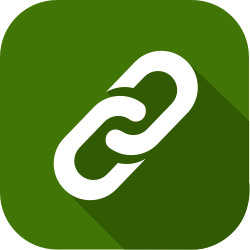In the last post, we looked at the basics of optionals in Swift, what they were and how to use them. In this post, I want to build on that core knowledge by looking at optional chaining.
Optionals in Swift
The Swift programming language brings a number of new features that make developing apps quicker, easier and safer than ever before. One of these new features is *Optionals*. They’re everywhere in Swift but *can* be confusing for people who are new to the language and frustrating to others who don’t understand them fully.
The Swift Numeric Data Types
As you may know, Swift is a type-safe language and good understanding of the data types that are available is therefore critically important. In this post, we’re going to start looking at these in detail with a look at the numeric data types available in Swit.
What Hardware Will You Need to Develop iOS Apps?
Before you can get going with iOS development there are a couple of hardware requirements that you need to satisfy. In this post, we’ll take a look at those requirements and investigate the cheapest way for those new to iOS Development to get started.
The Essentials of Arrays in Swift
The need to work with collections of values is pretty common in Swift. To help with this, Swift provides a number of collection types, flexible containers that let you store a number of different values together within a single entity. One of the most common of these is the Array, and in this article, we’re going to go over the basics.
Checking API Availability in Swift
The iOS SDK is an ever-changing beast and with new APIs becoming available and others being obsoleted with each release of iOS. Up until now, determining which APIs are available on which platform has been tricking, but with the introduction of Swift 2.0’s availability APIs, things have just got better.
